ICT
Information and Communications Technology (ICT).
Development of new materials for computer chips and other electronic devices, as well as the creation of new data storage technologies that rely on nanoscale structures for innovative and transformative solutions for data processing, storage, and communication. The work in this field advances the frontiers of information science and technology and creates new opportunities for economic and societal development.
distributed systems
Distributed systems are a model of computing where multiple independent computers or devices work together as a single cohesive system. These systems coordinate their actions by passing messages over a network to achieve a common goal. Distributed systems enable efficient data sharing, cloud computing, and scalable service delivery. As nanotechnology evolves, distributed systems may also support the integration of nanoscale devices in areas such as sensor networks and intelligent control systems, paving the way for advanced applications in healthcare, environment monitoring, and smart infrastructures.
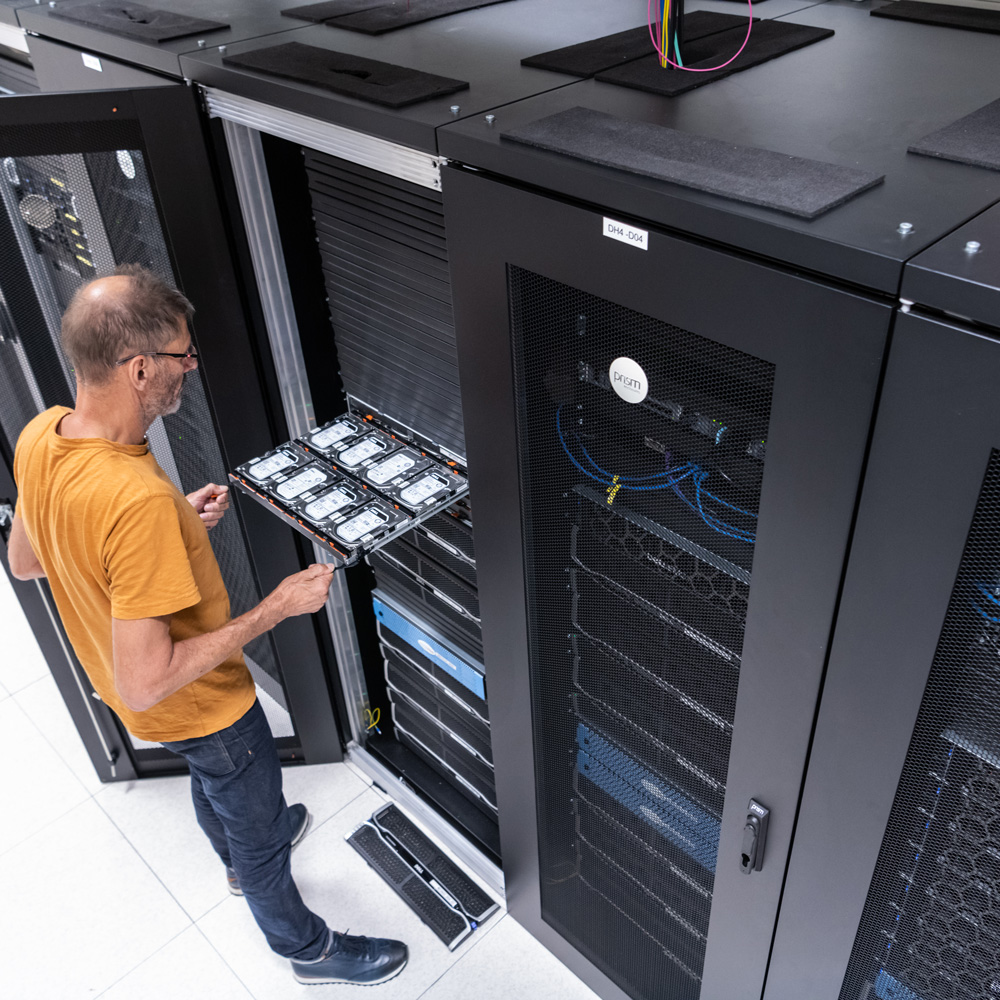
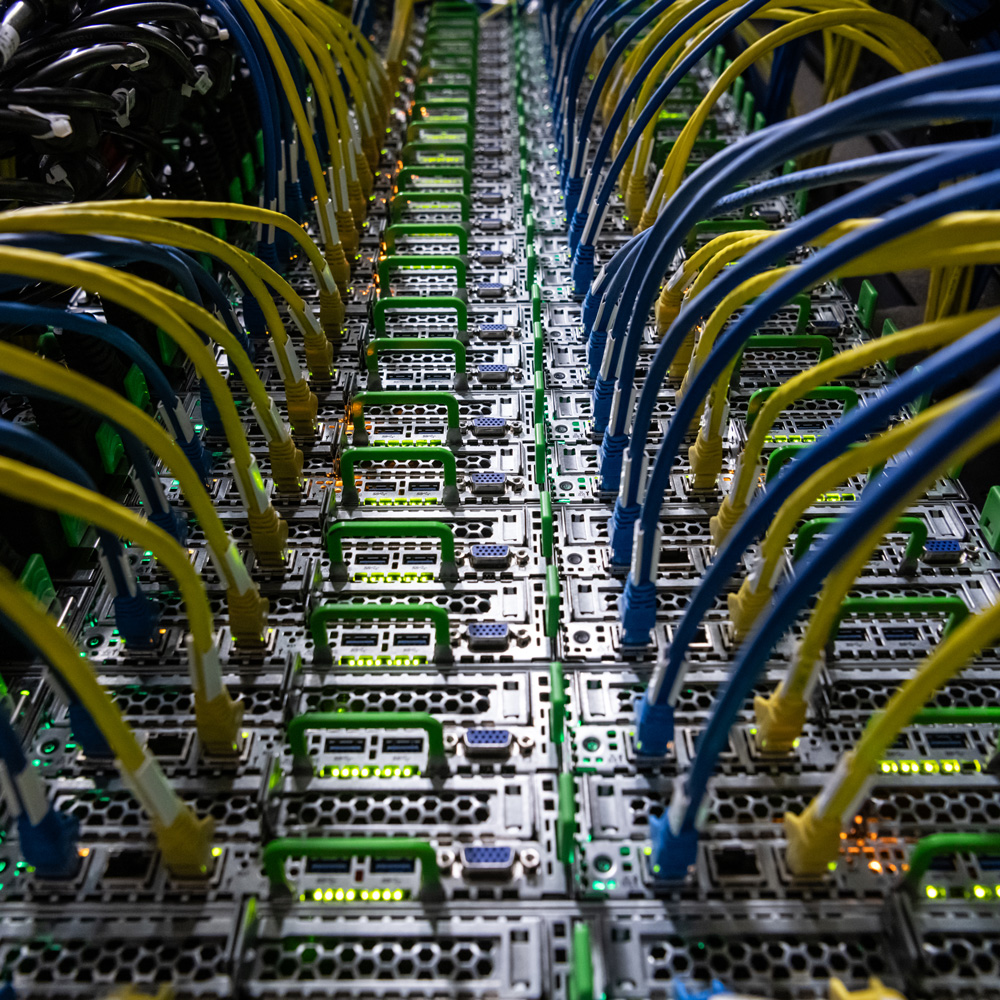
High speed and secure communications
High-speed and secure communications are vital to advanced ICT systems, and nanotechnology plays a key role in enhancing both. Nanoscale components such as graphene-based antennas and quantum dots enable ultra-fast data transfer at terahertz and optical frequencies. These devices also support quantum encryption methods, offering robust data security. True random bit generators at the nanoscale further strengthen encryption by producing high-speed, unpredictable keys. Together, these innovations enable rapid, secure communication for next-generation ICT networks and nano-enabled devices.
New routes to signalling and detection
New signalling and detection routes are emerging through innovative use of spin, MEMS/NEMS, optics, and single-particle techniques. Spin-based devices leverage electron spin and chiral nanophotonic waveguides to enable unidirectional, spin-selective information transfer, useful for on-chip quantum logic and communication. Micro-Electro-Mechanical Systems (MEMS) enable ultra-sensitive mechanical signalling—like resonators and transducers—ideal for compact sensing and actuation in ICT systems. Nano-optics and plasmonics use single-photon detectors and plasmonic waveguides to precisely detect or route optical signals at the single-particle level. Single-particle detection techniques like interferometric scattering microscopy (iSCAT) enable label-free detection and tracking of individual nanoparticles or biomolecules, advancing nanoscale sensing. Together, these approaches offer novel, miniaturised pathways for ultra-sensitive, high-speed signalling and detection, tightly integrated with ICT infrastructures.

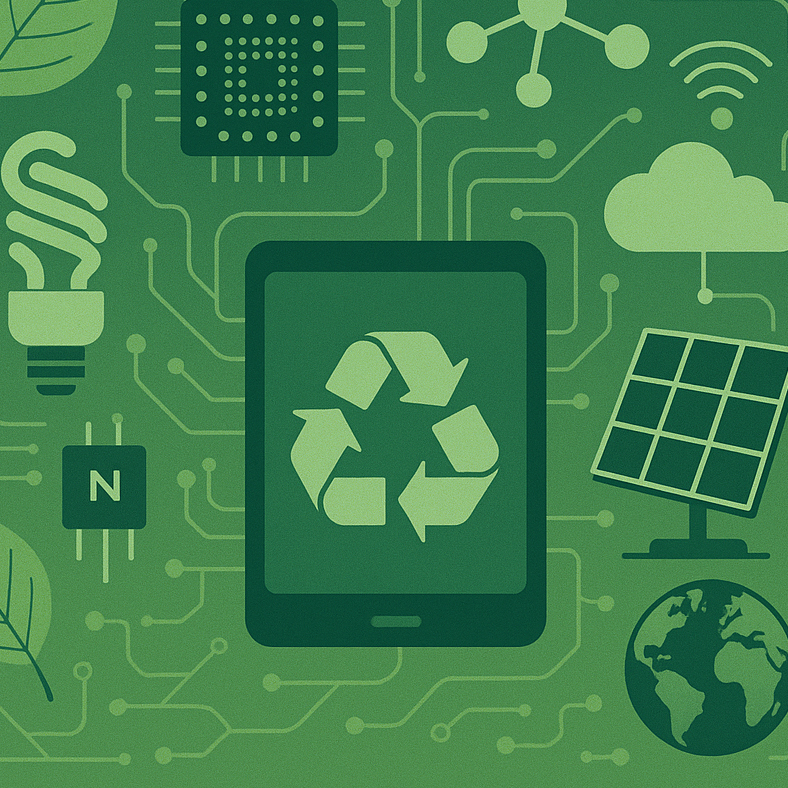
Sustainable electronics
Sustainable electronics (large area, low power, low cost) focuses on designing devices and systems that minimise environmental impact throughout their lifecycle. Nanotechnology enables the development of energy-efficient components, biodegradable materials, and low-power nanoscale transistors, reducing e-waste, resource consumption and cost. In ICT, sustainable electronics promote greener data centers, smart grids, and low-energy communication systems, contributing to a more sustainable digital infrastructure. Together, these innovations aim to balance technological advancement with ecological responsibility.
Neuromorphic, AI and Quantum Technologies
Neuromorphic technologies emulate the structure and functioning of the human brain using electronic circuits and nanoscale components. These systems aim to achieve energy-efficient, adaptive computing, making them ideal for intelligent sensing and edge computing in nanotechnology applications. Artificial Intelligence (AI) refers to the development of systems that can perform tasks typically requiring human intelligence, such as learning, reasoning, and pattern recognition. In the realm of ICT and nanotechnology, AI drives advancements in autonomous systems, predictive diagnostics, and smart nano-devices. Quantum technologies leverage the principles of quantum mechanics—such as superposition and entanglement—to revolutionize computing, communication, and sensing. Quantum computing, in particular, holds the potential to solve complex problems far beyond the capability of classical computers.
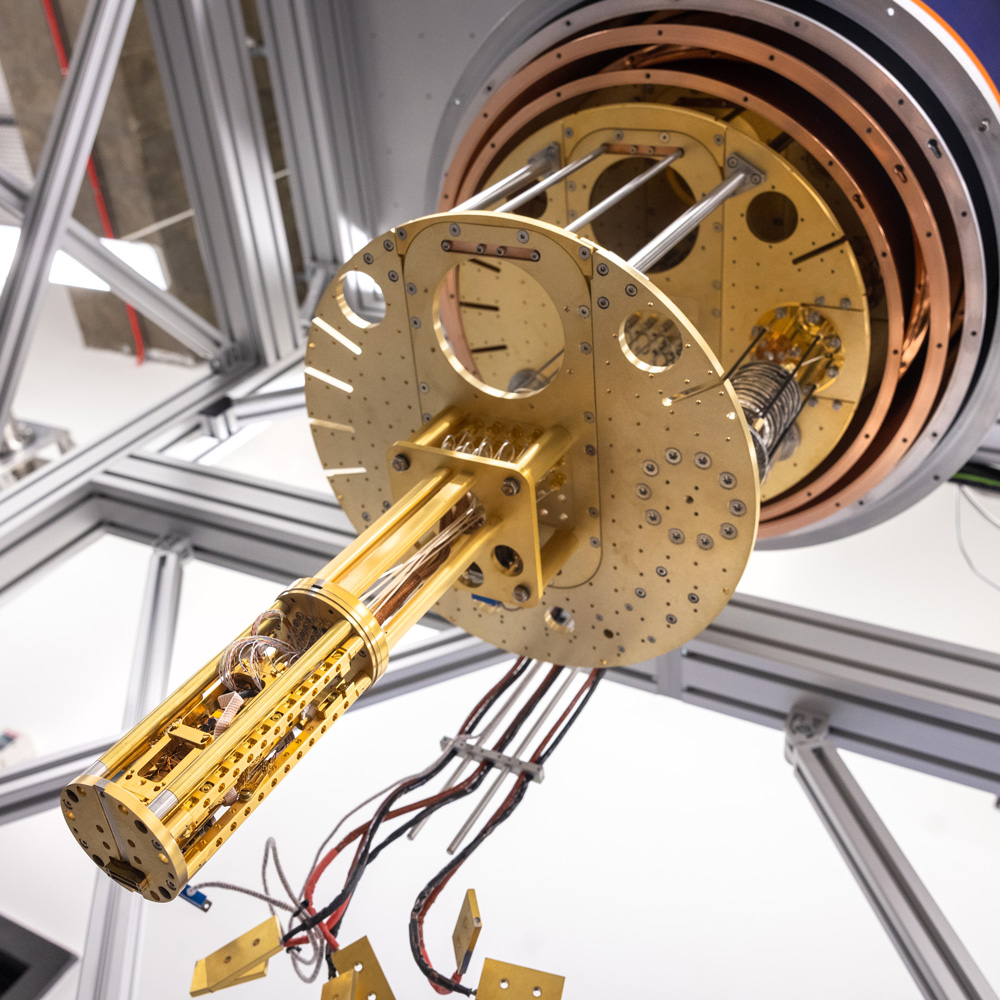
Our people
The LCN is home to 240 principal investigators, 300 post doctoral researchers, and 500 PhD students
ICT news
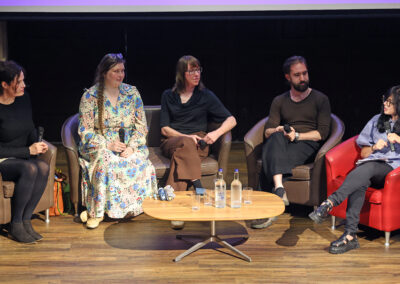
The art of quantum explored at British Science Festival
At the British Science Festival on 10 September 2025, The Art of Quantum brought together leading voices from science and the arts to ... Find out more
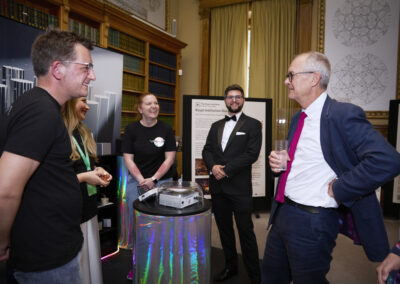
LCN researchers showcase cutting edge research at the Royal Society Summer Science Exhibition
London Centre for Nanotechnology (LCN) scientists captivated thousands of visitors with breakthrough research spanning quantum ... Find out more